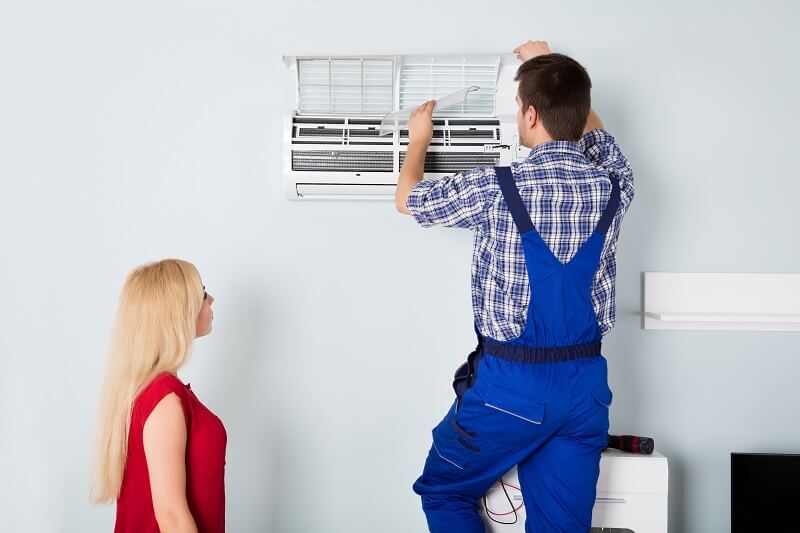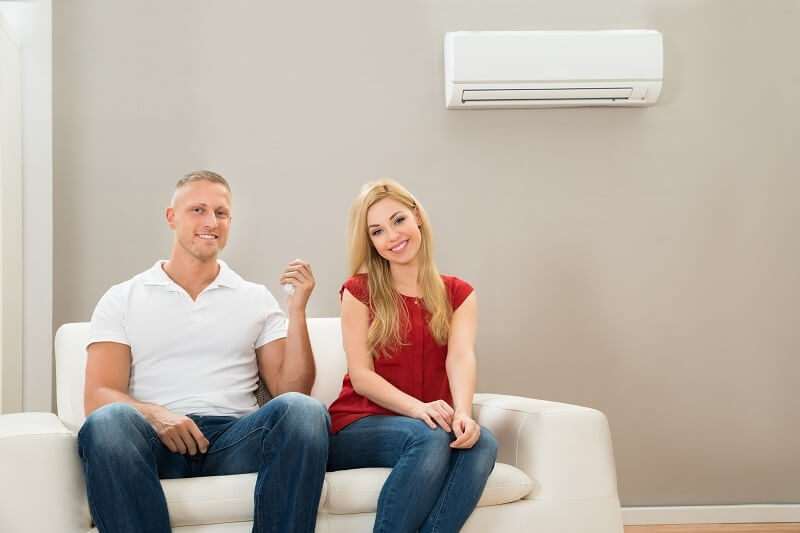To avoid costly mistakes when installing vrv air conditioning, you must prioritize correct system sizing, strategic unit placement, meticulous piping and insulation, and hiring a certified installer. Getting these fundamentals right from the start is the difference between an efficient, long-lasting system and a financial drain plagued by high energy bills and frequent breakdowns. These errors don’t just affect immediate performance; they can undermine the very reasons you invested in this advanced technology.
Installing a sophisticated climate system is a major decision. You’ve likely chosen this technology for its incredible efficiency and ability to provide zoned comfort. Yet, the success of your investment hinges entirely on the quality of the installation. This guide will walk you through the most critical mistakes we see in the field and, more importantly, how you can avoid them to ensure your investment in a modern vrv air conditioning system pays off for years to come.
What is VRV Air Conditioning and Why is Installation Key?
Variable Refrigerant Volume (VRV) is a highly advanced type of air conditioning that uses a single outdoor condenser to power multiple indoor units. Its “smart” technology allows it to deliver the precise amount of refrigerant needed to cool or heat each specific zone, making it exceptionally energy-efficient. Unlike older systems, it’s not an all-or-nothing approach.
This precision is its greatest strength, but it’s also why the installation is so unforgiving. Every component, from pipes and wires to the units themselves, must work in perfect harmony. A small mistake in one area can create a ripple effect that compromises the entire system, turning a high-end investment into a high-cost headache.
1. Getting the System Size Wrong
This is the most common and costly error in any HVAC installation. With VRV systems, the consequences are even more severe.
-
The Danger of Oversizing: Many assume “bigger is better,” but an oversized system is a disaster. It will cool the space too quickly and shut off, a process called “short cycling.” This prevents the system from running long enough to properly dehumidify the air, leaving rooms feeling cold and clammy, especially in Australia’s humid climates. Furthermore, the constant starting and stopping puts immense strain on the compressor, leading to premature failure and negating any potential energy savings.
-
The Peril of Undersizing: An undersized system is just as bad. It will run constantly on hot days, never quite reaching the set temperature. This relentless operation leads to excessive energy consumption and accelerated wear and tear on components, ensuring it will fail long before its expected lifespan is over.
The Solution: The only way to avoid this is to insist on a professional Manual J load calculation. This detailed analysis considers dozens of factors, including your building’s insulation, window types, orientation, internal heat sources (like computers and people), and local climate data. It’s a scientific process that ensures the system is perfectly matched to your space.

2. Strategic Errors in Unit Placement
Where the indoor and outdoor units are installed is far from an arbitrary decision. Poor placement can cripple performance and create daily annoyances.
For the outdoor unit, the single most important factor is airflow. It needs plenty of “breathing room” to dissipate heat effectively. Placing it in a tight, enclosed space, under a low deck, or too close to a wall will cause it to recirculate its own hot air, forcing it to work harder, consume more power, and eventually overheat.
For the indoor units, the goals are even air distribution without creating uncomfortable drafts and easy access for future maintenance. Installing a unit directly over a desk or bed is a common complaint, as is hiding units in ceilings with no access panels. A simple filter change can turn into an expensive and disruptive task if a technician can’t easily reach the unit.
3. Neglecting the System’s “Circulatory System”: Piping and Insulation
The copper refrigerant piping is the lifeblood of your vrv air conditioning system. Mistakes here are often invisible but have a massive impact.
-
Incorrect Pipe Sizing: The pipe diameter must be calculated precisely. If it’s too small, it restricts refrigerant flow and strains the compressor. If it’s too large, the refrigerant velocity can drop too low to carry lubricating oil back to the compressor, leading to oil starvation and catastrophic failure.
-
Leaks and Contamination: Every joint in the pipework must be perfectly brazed by a skilled technician. This process should be done while purging the pipes with nitrogen gas to prevent internal oxidation. These tiny black flakes of oxidised copper can break loose and destroy the delicate internal components of the compressor. After installation, the entire system must be pressure-tested to guarantee it is 100% leak-FREE.
These flawless pipes are then useless if they aren’t insulated correctly. Proper insulation on both refrigerant lines is non-negotiable. It prevents energy loss, boosting efficiency, and, crucially, stops condensation from forming on the cold pipe. In a humid climate, condensation on uninsulated pipes can lead to significant water damage and mould growth in your walls and ceilings.
4. Skipping the Critical Final Steps: Electrical & Commissioning
The job isn’t done once the units are on the wall. The final technical phase is where quality is locked in.
A modern vrv air conditioning system is a powerful and complex piece of electrical equipment. It requires a dedicated, correctly sized circuit to handle its power demands without tripping breakers or damaging its sensitive electronic control boards. Simply plugging it into an existing circuit is rarely an option and is a serious safety and performance risk.
Once the electrical work is done, the system must be properly commissioned. This is a final quality control process where a technician systematically checks every aspect of the installation. They verify refrigerant pressures, test every indoor unit and its controls, measure airflow, and ensure all safety features are operational. Skipping or rushing this step is like building a car and never test-driving it. It’s your ultimate guarantee that the system you paid for is working exactly as it should.
5. The Ultimate Mistake: Choosing an Unqualified Installer
Nearly every mistake on this list stems from this one. The sophistication of a vrv air conditioning system is far beyond the scope of a general handyman or a residential installer. You need a team with specific, verifiable expertise.
An unqualified installer may not have the expensive tools (like nitrogen purge kits or digital vacuum gauges) or the specialised knowledge to perform a proper load calculation, size the piping correctly, or commission the system to the manufacturer’s standards. The initial savings from a cheaper quote will evaporate in the face of high energy bills, poor comfort, and costly repair calls.
What to Look For in an Installer:
-
Manufacturer Certification: Top brands offer specific training for their VRV products. Ask for proof.
-
ARCTick Licence: A legal requirement in Australia for handling refrigerants.
-
Proven Experience: Ask to see a portfolio of similar commercial or large-scale residential projects.
-
Transparency: A professional will confidently explain their process, provide a detailed quote, and welcome your technical questions.
Ensuring Your VRV Investment Pays Off
The success of your vrv air conditioning system doesn’t depend on the brand name alone; it hinges on the quality of the installation. Avoiding these common mistakes isn’t difficult—it simply requires diligence and the right professional partner. It’s an investment in a process, not just a product. Do your research, ask pointed questions, and choose an installer who values quality over shortcuts. Your comfort and your bank account will thank you for it.








